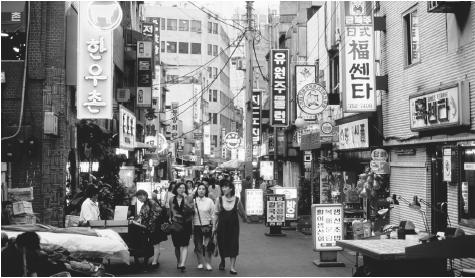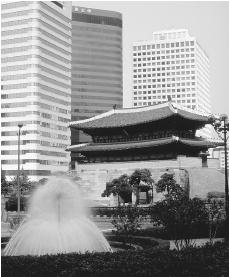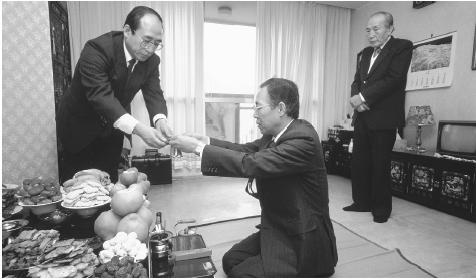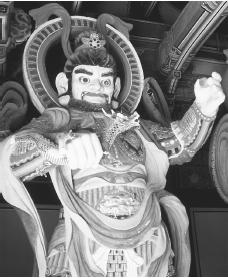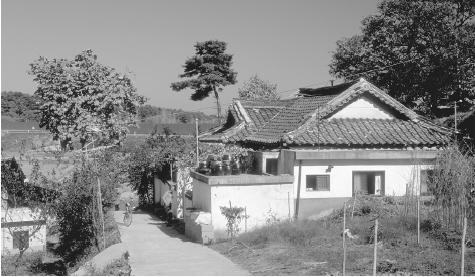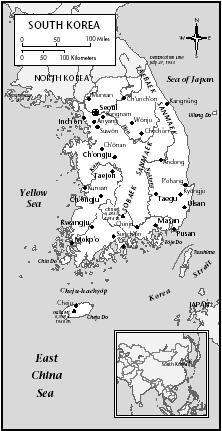South Korea
Archaeological evidence on the Korean Peninsula indicates that humans inhabited this land some 500,000 years ago.
Gojoseon, the first Korean kingdom, was founded in 2333 BC by Dangun. They controlled Korea and parts of Manchuria until their collapse in 108 BC, after a series of conflicts with the Han Dynasty. In the aftermath the Proto-Three Kingdoms emerged.
Among the numerous states that made up the Proto-Three Kingdoms, the most influential were Dongbuyeo and Bukbuyeo. However, it was the states of Goguryeo, Baekje and Silla that advanced into the Three Kingdoms of Korea which dominated the Korean Peninsula and certain parts of Manchuria from 57 AD to 668.
The Three Kingdoms unified under Silla in 676, leading to the North South States Period. During this time, relations with China remained somewhat peaceful.
Unified Silla weakened as internal conflict prevailed, and in 935 they surrendered to Goryeo. Mongol invasions crippled the Goryeo Dynasty during the 13th century; although Goryeo continued to rule Korea until 1392 as an ally to the Mongols.
Following the Goryeo Dynasty, General Yi Seong-gye (Taejo) organized the Joseon Dynasty. For the next five centuries, internal conflict and civil unrest plagued the region. Conditions only worsened at the onset of the Japanese invasion of Korea in 1592 and then by the Manchu invasion of 1627.
Joseon was renamed the Korean Empire in 1897 and Emperor Gojong took control.
During the 20th century, Korea experienced a significant turn of events. In a land grab, Japan annexed the entire peninsula in 1905, but at the end of World War II, (in 1945) Korea was split into North and South, with the 38th as parallel the general demarcation line.
After the division of the Korean Peninsula, border conflicts began to intensify between the north and south as both sides fought to gain complete power.
Then, on June 25, 1950, North Korea invaded the south sparking the Korean War, which lasted for three years until the north was defeated by a US-backed republic in the south.
Political instability in South Korea led to a student uprising in 1960, and the subsequent resignation of President Syngman Rhee.
General Park Chung-hee took lead of the country until his assassination in 1979, and (although he was viewed as a ruthless military dictator during his reign) the country saw rapid economic growth.
Political turmoil prevailed following General Park's assassination, as opposition leaders campaigned heavily to fill the sudden presidential void.
Subsequently, after years of on-going political rancor and much-needed social policy changes, the modern, transformed country of South Korea, and its dramatically expanded economy garnered the world's attention in a big way.
Besides successfully staging the Summer Olympics of 1988, and the 2002 soccer World Cup, South Korea's tourism base is now growing rapidly, especially in the Australian and Asian markets.
In June 2000, a historic first North-South summit took place between the South's President Kim Tae-chung and the North's leader Kim Jong Il.
Tensions again flared between the two sides as a South Korean navy ship was sunk in 2010 by a reported North Korean torpedo.
Ongoing threats and sanctions between North and South Korea keep occurring and in November of 2013, North Korea threatened South Korea, the U.S. and Japan with a "nuclear catastrophe".
North and South Korea are as different as black and white when economies, living conditions and personal freedoms are compared, but on the Korean Peninsula today there are millions of people still hoping for the eventual reunification of their common culture and extended families.
